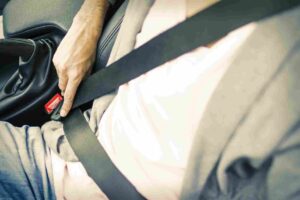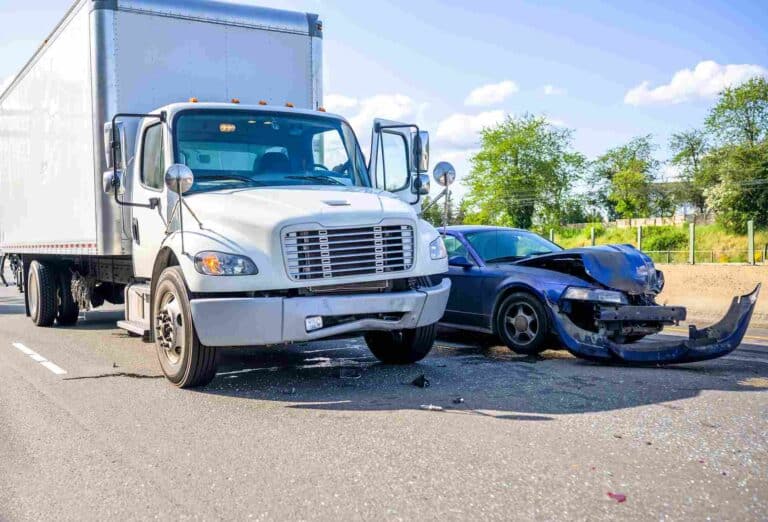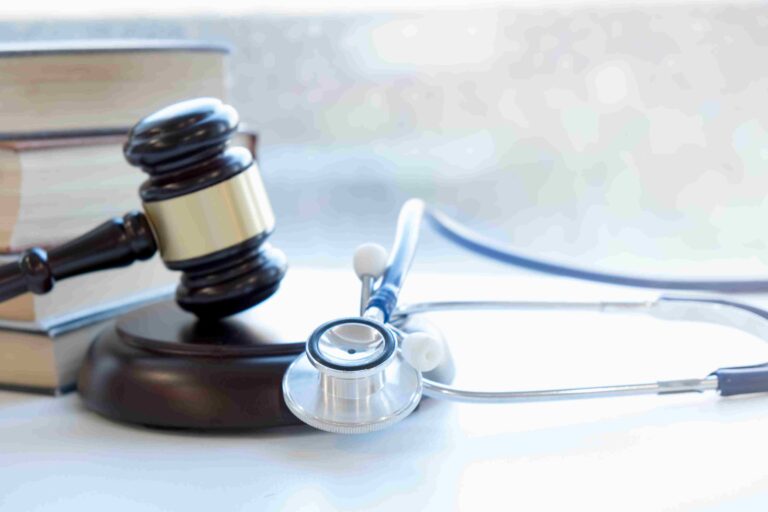Wearing your seatbelt in the front seat of a vehicle can reduce the possibility of a fatal injury by 50% and your risk of dying by 45%. Seatbelts save lives (an estimated 15,000 each year).
However, the modern seatbelt can also cause or contribute to injuries during an accident. For example, in serious front- or rear-end accidents, the force of the seatbelt restraining you can cause severe trauma to your spine, chest, and abdomen.
Common Injuries Caused by Seat Belts in an Accident
While seatbelts can cause several types of injuries and trauma, some of the most common are described here.
Seat Belt Syndrome
Seat Belt syndrome is used for visible or physical trauma from a seatbelt. The seat belt causes the bruise that appears across the abdomen and chest wall, appearing in someone who was involved in an accident. It is a sign of an internal injury.
Someone is described as having seatbelt syndrome if they exhibit the seat belt sign and a spinal or intra-abdominal injury. Besides bruising in the area where the seatbelt was positioned, this condition can include other symptoms. Not all symptoms will be seen immediately. Because of this, any bruising from a seatbelt requires immediate medical evaluation.
Other symptoms associated with seatbelt syndrome include the following:
- Weakness in the legs
- Chest, back, or abdominal pain
- Vomiting
- Blood in urine or stool
- Dizziness
- Changes in bladder or bowel function
- Issues breathing
- Coughing up blood
It is important to note that seat belt syndrome is not a medical condition but a term used to describe the effect of seatbelt-caused trauma.
Besides seat belt syndrome, other injuries can occur too.
Fractured or Bruised Ribs from Seatbelt-Induced Trauma After a Crash
An accident that involves an impact at a lower speed can cause bruised or fractured ribs. Higher-impact accidents can cause bone dislocation.
It is important to note that the pain caused by bruised ribs is just as significant as the pain of fractured ribs. The main difference is that with fractured ribs, the bones are dislocated. You may experience pain for several weeks after these injuries occur, and dislocated bones take even more time to heal.
In severe cases, the injury can affect your lungs and heart. It is necessary to seek immediate medical attention to treat bruised or fractured ribs.
If you have experienced bruised ribs, it may be beneficial to ice the area and rest your body. Practicing specific breathing patterns can also help reduce your discomfort.
Sternum and Chest Injuries
The bone found in the midsection of your chest is the “sternum.” It is the “attachment point” for your ribs.
When you stop suddenly, the seatbelt may apply excessive force to the sternal and chest region. The issue is that your sternum is close to your lungs and heart. An injury in this part of your body can impact your internal tissues and organs.
If your chest feels sore after an accident, get checked out by a doctor to ensure there is not a more serious or life-threatening problem.
Shoulder Injuries
Your vehicle’s seat belt can cause injuries to your shoulder’s soft tissue during an accident. The force exerted in the collision can tear the muscle fibers and tendons in your shoulder. This injury can lead to discomfort and pain.
Applying ice to the affected area can help reduce inflammation. You may also require physical therapy to overcome this injury.
Vascular Injuries
A vascular injury caused by seatbelt-induced trauma involves damage to the blood vessels in the abdomen, chest, and back. This injury can be serious and require emergency treatment.
Common signs of vascular injuries include bruising, swelling, lumps under the skin, pain, and bleeding.
Thoracic Injuries
Thoracic refers to the upper part of your abdomen and trunk from your chest to your spine. Besides vertebrae and rib fractures, other thoracic injuries that can occur because of seatbelt-induced trauma is the possibility of a supra-aortic vessel injury.
Your aorta is the primary artery responsible for carrying blood from your heart to the rest of your body. It is connected to multiple important vessels.
If you sustain thoracic trauma, you may experience internal bleeding, which can cause life-threatening complications.
We Can Help You File a Claim to Recover Compensation for Your Injuries
If you are involved in an accident and sustain seatbelt-induced trauma due to another driver’s negligence, we can help. At The Law Offices of Joseph J. Perrini, III, we understand how difficult it can be to file a legal claim and focus on your recovery. We can handle the legal process and fight for full compensation for your injuries and losses in the accident.
Read More
Injured in Long Island? Here’s What You Need to Know to Get Started





